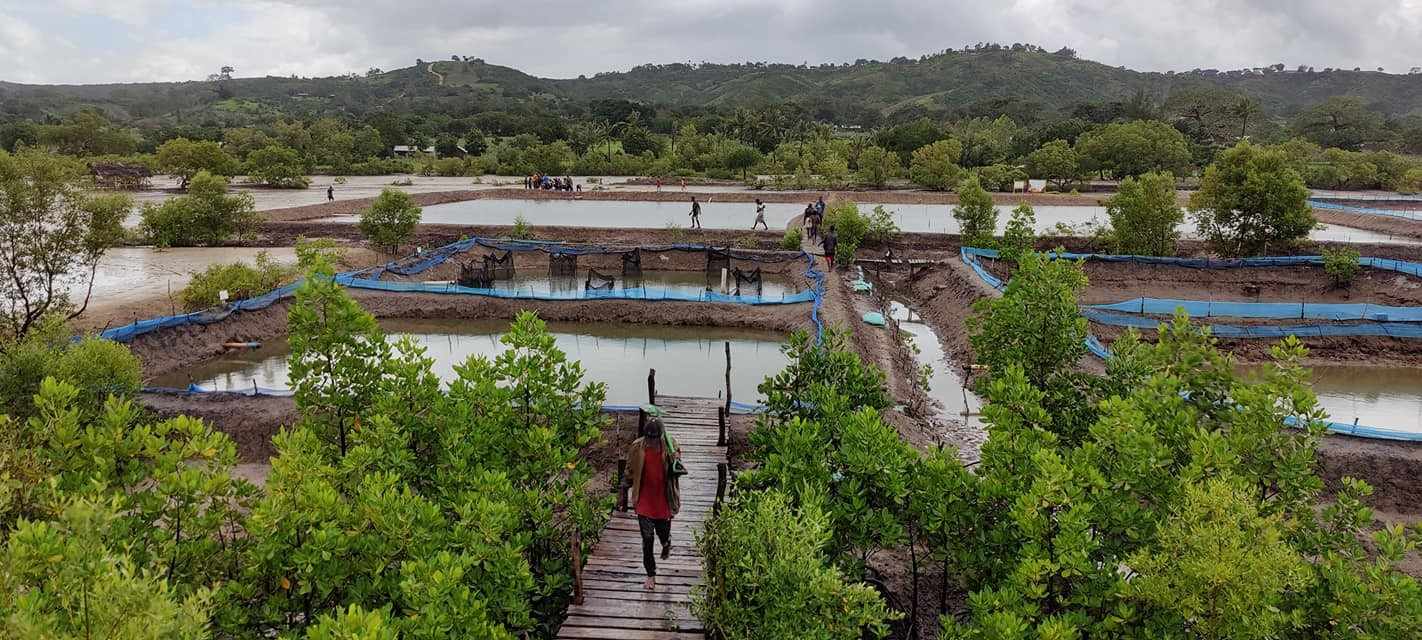:: BIODIVERSITY & CONSERVATION
:: CULTURAL HERITAGE
:: TRANSPORT & INFRASTRUCTURE
:: TOURISM,SPORTS & RECREATION
:: ENERGY & MINERAL RESOURCES
:: MARITIME SAFETY, SECURITY &DEFENSE
:: OCEANOGRAPHY
:: OCEAN-GOVERNANCE
The fisheries sector in Kenya supports the livelihoods of over 27,000 artisanal fishers and many more in related value chains. In 2023, marine capture fisheries contributed about 39,950 metric tonnes of fish valued at KES 9.9 billion, with key species including tuna, snapper, and sardines. Despite its immense value, the sector faces challenges such as overfishing, habitat destruction and conflicts between artisanal and industrial actors.
MSP identifies fisheries and mariculture as a key thematic area to address spatial conflicts, ensure sustainable fishing zones and promote co-management systems. There is also a growing focus on developing mariculture, such as seaweed, shellfish, and finfish farming, to diversify livelihoods and reduce pressure on wild stocks. Spatial planning can allocate mariculture zones, enhance water quality, and minimize user conflicts.
The key aspects to be considered in the MSP include: Artisanal, commercial, and sport fishing Sustainable mariculture zoning Fisheries co-management and enforcement Reduction of illegal, unreported, and unregulated (IUU) fishing

Office of the National Project Coordinator, KEMFSED
Maktaba Kuu Building, Ngong Road, Upper Hill,
Mezzanine Floor, Nairobi